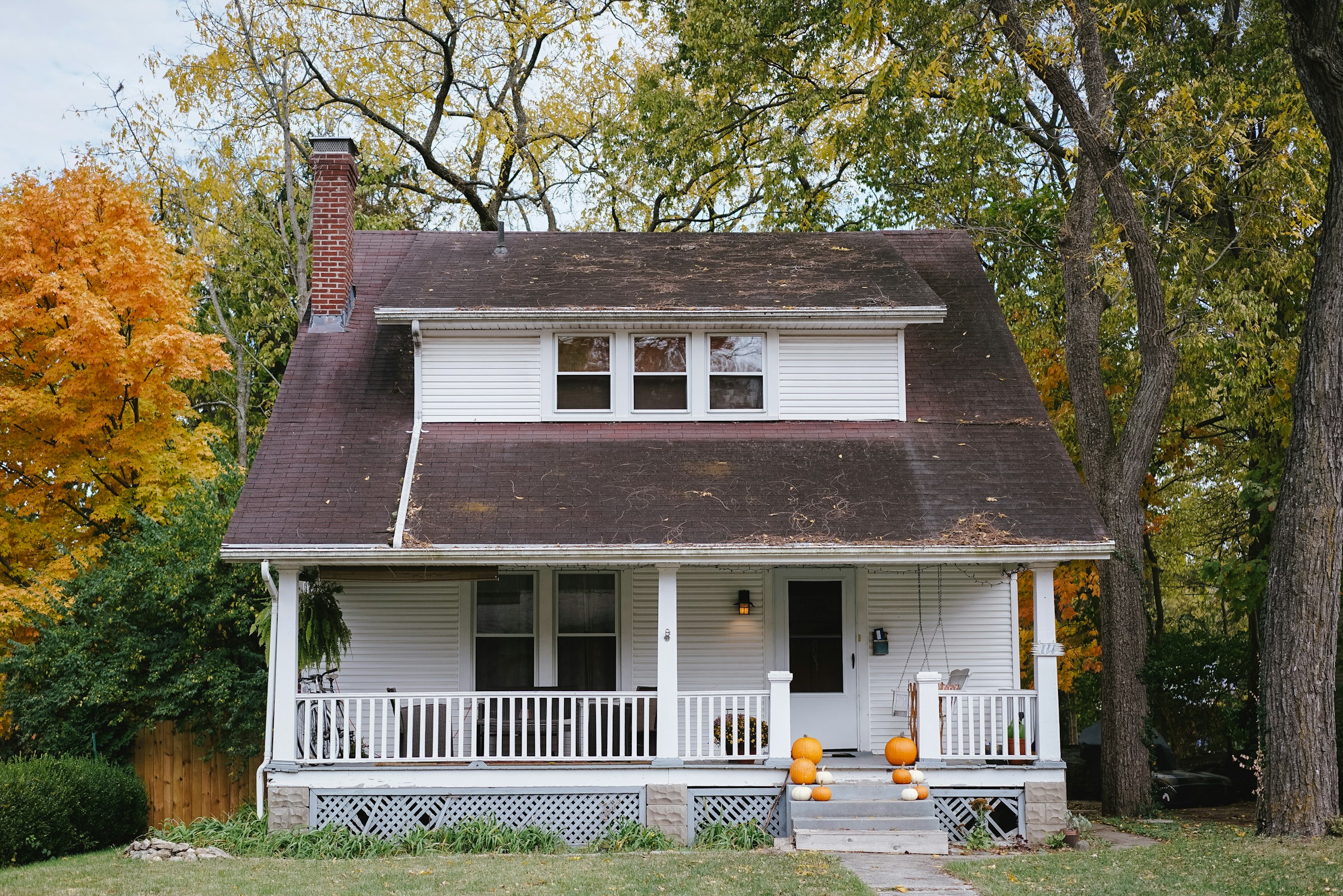How to create a mini greenhouse on a city balcony?

Urban dwellers yearn for greenery but often lack the space to grow their favorite plants. A balcony can be a paradise for plant enthusiasts only if they know the right tricks to unleash its potential. One such trick is creating a mini greenhouse on your balcony. Not only does it cater to your gardening needs, but it also adds a touch of green to your concrete jungle.
Choosing the Perfect Mini Greenhouse for Your Balcony
A balcony greenhouse doesn’t necessarily mean an extensive, space-consuming structure. Mini greenhouses, also known as portable or small greenhouses, are perfect for balconies and patios. However, choosing the right one can be a bit tricky.
Cela peut vous intéresser : What are the best plants to purify the air in a studio apartment?
Firstly, the dimensions of the greenhouse should align with those of your balcony. It shouldn’t be so large that it hinders movement or so small that it doesn’t serve your purpose. When it comes to the material, consider both the frame and cover. A plastic cover will allow sunlight to reach the plants, while a sturdy frame, usually made of metal or wood, will ensure durability.
Don’t forget to consider the number and types of plants you plan to grow. Greenhouses with adjustable shelves are a good choice if you want a mix of plants with different requirements. Additionally, look for a greenhouse with proper ventilation to prevent excessive heat and humidity.
Avez-vous vu cela : What is the most space-efficient way to store bicycles in a flat?
Preparing the Balcony for Your Mini Greenhouse
Before setting up your mini greenhouse, it’s necessary to prepare the balcony.
Start by checking the weight capacity of your balcony. Greenhouses, especially when filled with plants and soil, can be heavy. Ensure that your balcony can withstand the combined weight of the greenhouse, plants, soil, and water.
The next step is to measure the space where you’ll place the greenhouse. Remember to leave some room for easy access and maintenance of plants. Pay attention to the sunlight exposure in the selected space. Most plants require six to eight hours of sunlight each day, but some might need shade.
Ensure that the spot you choose is shielded from strong winds that might damage delicate plants or topple the greenhouse. If your balcony is too windy, consider installing windbreaks.
Setting Up the Mini Greenhouse on Your Balcony
Now that you have selected a mini greenhouse and prepared your balcony, it’s time to set it up.
Place your greenhouse in the designated space and anchor it to the balcony for stability. If your greenhouse doesn’t come with a base, consider putting it on a flat, stable surface. This way, it won’t shift or tilt when you water the plants or during windy days. If the greenhouse doesn’t have a built-in drainage system, you might have to add trays or a layer of gravel at the bottom to prevent waterlogging.
Next, add the soil. Try to use a high-quality potting mix that provides essential nutrients, retains moisture, and facilitates good drainage. Remember to leave a gap between the soil line and the rim of the pot for easy watering.
Growing Plants in Your Mini Greenhouse
With your greenhouse set up, you can now start growing the plants.
Greenhouses create the perfect environment for seed germination. You can start seeds in small pots or seed trays and then transfer them to larger pots once they’ve grown a bit. Ensure the plants get the right amount of sunlight and water.
Remember, different plants have different needs. Some might require daily watering, while others only need it every few days. Similarly, some plants might thrive under direct sunlight, while others prefer shade. It’s essential to know your plants’ needs to provide optimal care.
Don’t overcrowd your greenhouse. Leaving some space between the plants will help prevent the spread of pests and diseases and allow for better growth.
Maintaining Your Mini Greenhouse
A mini greenhouse doesn’t need much maintenance, but you should still monitor it regularly.
Check the humidity and temperature levels regularly. Most plants prefer a humidity level between 50% to 70% and a temperature between 60°F to 75°F. If the greenhouse gets too hot, open the doors or vents to allow ventilation. Similarly, if it gets too chilly, consider adding a heater.
Monitor your plants for pests and diseases. If you notice anything unusual, take action immediately. Use organic pest control methods or bio-pesticides to avoid harming the plants or the surrounding environment.
Water the plants regularly, but don’t overwater. Too much water can lead to root rot or other fungal diseases.
With the right steps, you can easily set up and maintain a mini greenhouse on your balcony. It allows you to indulge your passion for gardening, even in a small city space. With your own mini greenhouse, you’ll be able to grow a variety of plants year-round, adding a touch of green to your urban dwelling.
Experimenting with Different Plants in Your Mini Greenhouse
Venturing into the world of balcony gardening through a mini greenhouse gives you the opportunity to try your hand at growing a variety of plants. From flowers to vegetables, the options are limitless.
Selecting plants that can thrive inside a mini greenhouse is critical. If you’re a novice, start with plants that are relatively easy to grow, such as herbs, lettuce, or succulents. They don’t demand much care, yet they reward you richly with fresh produce or beautiful blooms.
Once you’ve gained confidence, you can start experimenting with more delicate or tender plants. Tomatoes, peppers, and cucumbers are often popular choices for a mini greenhouse. You can also try your hand at growing exotic flowers or plants that don’t usually survive in your local climate, thanks to the controlled environment of the greenhouse.
Remember that plants in a mini greenhouse will grow differently than those in a garden. Due to limited growing space, they may not reach their full potential size. Pruning and training plants can help manage their growth and ensure they get the right amount of light and air.
As you explore more about balcony gardening, you might want to use a shelving unit in your mini greenhouse. This will allow you to cultivate more plants in the same space, and it can also provide different levels of sunlight for different plants.
Don’t forget to rotate your crops to keep the soil nutrient-rich and to prevent the buildup of pest populations. Crop rotation is as relevant in a mini greenhouse as it is in a field.
Wrapping Up Your Balcony Greenhouse Journey
In conclusion, creating a mini greenhouse on a city balcony is a rewarding endeavor. Even within the confines of a small urban space, you can nurture a thriving garden.
Begin with selecting the right greenhouse kit that meets your needs and fits your balcony. Prepare your balcony carefully, considering factors such as weight capacity, sunlight exposure, and wind protection. With the greenhouse installed and the plants growing, regular maintenance is essential. Keep a close eye on temperature and humidity levels, water your plants diligently, and monitor for any signs of pests or diseases.
Whether it’s extending the growing season of your favorite plants, starting seeds early, or experimenting with exotic varieties, a mini greenhouse offers many gardening possibilities right on your city balcony. It serves not only as a city greenhouse but also as a relaxing retreat amidst the bustling urban landscape.
Remember, the success of your balcony garden lies in your hands. Learn about your plants, care for them, and they will reward you with lush growth and healthy produce. So go ahead, set up your DIY greenhouse, and let your balcony be the green oasis you’ve always wanted.
Image credit: Mini Greenhouses for City Balconies, Urban Gardening Enthusiasts, 2024.
